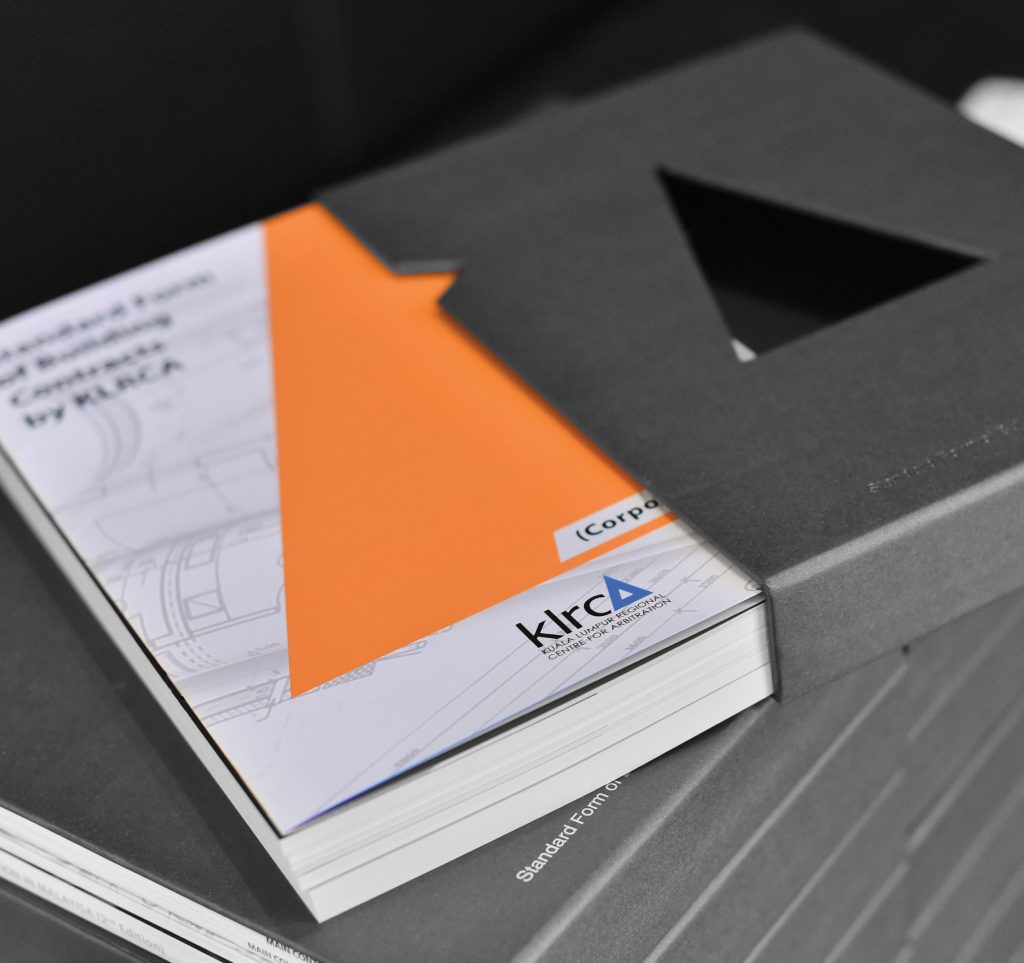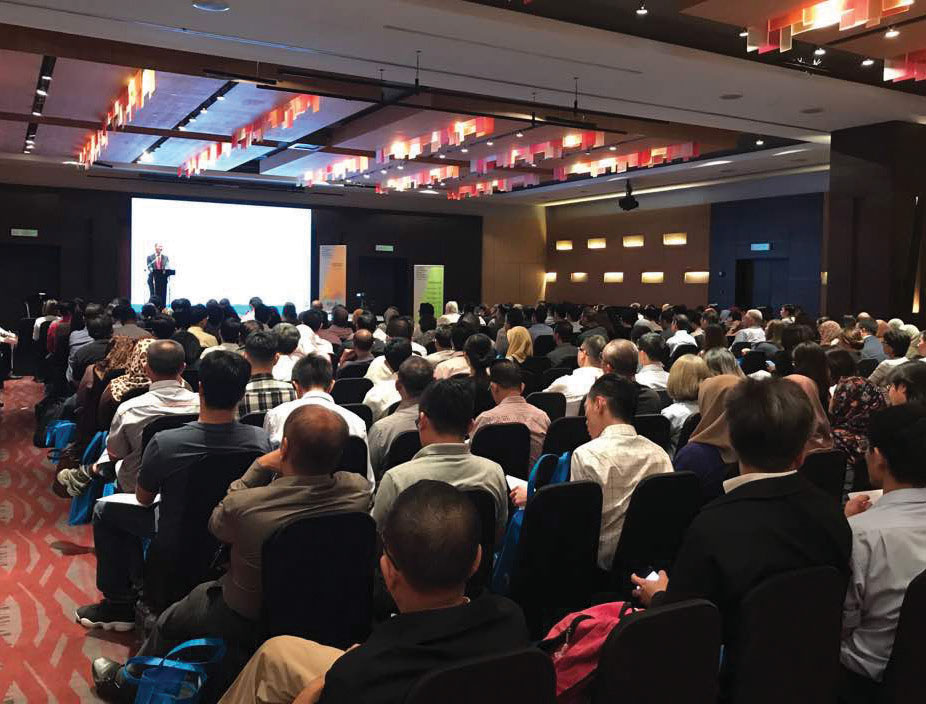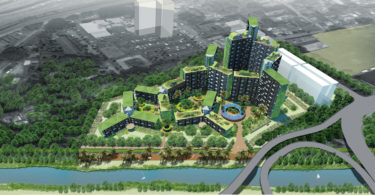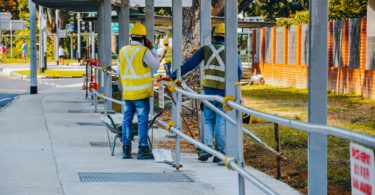On 15 August 2017, the Kuala Lumpur Regional Centre for Arbitration (KLRCA) became the first arbitral centre in the world to release its very own suite of standard form contracts (SFC)—comprising building construction main contracts, with and without quantities; a standard sub-contract consistent with the main contracts; and a standard minor works contract.
These four contracts represent a huge milestone as they will offer the Malaysian construction industry an additional option when contracting for building construction projects. The recent road shows in Johor, Penang, Sabah and Sarawak have cumulatively seen more than 1,500 participants, which is indicative of the need in the industry for this set of contracts.
As an arbitral centre and administrators of the Construction Industry Payment and Adjudication Act 2012 (CIPAA), the KLRCA is in a position that allows a bird’s eye view of the problems in the construction industry as 80 per cent of its business revolves around the construction industry. In fact, this year we expect more than 800 registered construction disputes.
When we reflect on the causes of these disputes, we realised that most of the issues stem from the lack of clarity and ambiguity of the contracts used. We also noticed that the narrow definition of payment under CIPAA caused a lot of construction disputes to go to arbitration, which is counter-productive to the Malaysian economy. As an arbitral centre, we are not complaining about this predicament, but it does not change the fact that issues are not being resolved, construction projects are being delayed, and parties are not getting paid.
Against this backdrop, I decided to pursue the creation of our own standard forms to fill the gaps we found to be prevalent in the industry, in the hopes that these contracts will become the de facto standard form for building construction projects in Malaysia.
I put together an expert advisory committee—a team of 20 experts in the construction industry, comprising lawyers, architects, engineers, quantity surveyors, as well as arbitrators and adjudicators who have seen many construction disputes over the decades. As chairman of the advisory committee, I worked out the drafting requirements for the contracts, laying out what the contracts needed to contain, while the committee, steered by my deputy chairman, Lam Wai Loon, developed what you see today. My background as an architect, town planner, lawyer, arbitrator and director of the KLRCA gave me a distinctive perspective of defining parameters and identifying the experts .
 INDUSTRY ISSUES AND GAPS
INDUSTRY ISSUES AND GAPS
As we studied the existing standard form contracts and identified the gaps, we realised early on that the new form would have to be CIPAA-compliant. CIPAA was enforced in 2014 and to date, there has not been a single CIPAA-compliant form of building contracts here in Malaysia. We also looked at the way employers, contractors and consultants work together, and aimed to enhance the working relationship among all the parties concerned.
We set parameters to ensure KLRCA’s SFC is premised on six fundamental principles: clarity, integrity, accountability, transparency and, our number one priority, continuity. Our aim was and is to ensure that work gets done, parties get paid and, in case of disputes along the way, work continues.
The crux of the contracts centred on the gaps that we found in existing standard form contracts:
• The first point we considered was risk allocation. Certain standard form contracts were snubbed for being too pro-contractor. As the main users of KLRCA’s SFC would be employers, we veered our contracts towards being more employer-friendly, while still ensuring that contractors get paid and that work is done satisfactorily .
• Another prevalent issue is that existing contracts are silent on what to do wherever there is a dispute or deadlock between parties. As such, parties end up going back and forth without resolution, further exasperating delays in the works, and eventually leading to breakdowns of construction and working relationships. Our SFC contain added mechanisms for parties to get through their disputes and ensuring that work continues even if those disputes do not get resolved—with each parties’ rights expressly preserved to be enforced later. Wherever possible, we have set such a default position to develop a behavioural pattern that stems from our contracts, modulating the behaviour of the whole industry towards project continuity.
• Next is the construction industry’s present legal state. On top of being CIPAA compliant, we also ensured that KLRCA’s SFC is up to date with the latest laws and court judgments that affect the industry. We have taken into account certain issues that are currently pending at our Federal Court so as to be legally relevant and in line with today’s standard practices and nor ms.
• Finally, we were concerned that the escalating disputes stemming from existing standard contracts will eventually lead to the entire premise of standard form contracts coming into disrepute—causing a shift altogether to bespoke contracts. This would disadvantage those who are unfamiliar with contracting or who do not have the time or resources to produce bespoke contracts. KLRCA’s SFC aims to protect these people, the ones who do the work, and the public at large.
DIGGING AT THE ROOTS
First in filling the gaps of existing standard form contracts, KLRCA’s SFC encourages more communication between parties on common issues during the construction process. We have included mechanisms to get parties to talk, though it is not compulsory. If at the end of the day there is no resolution between parties, the contractors must continue the work anyway, but with express reservation of their rights.
We have also incorporated added responsibilities on the architect to enable the entire mechanism to work. Most of the time when problems are ongoing, the consultants in the contract remain silent so far as the contractors’ rights are concerned. Under KLRCA’s SFC, architects are required to respond within a certain time with reasons for their decisions. There is also a mechanism for the contractor to appeal or object to any decision of the architect, while works are ongoing. This further enforces our contract’s dedication to the principles of integrity, accountability and continuity.
We have improved on definitions of words and phrases, especially contentious phrases such as “force majeure” and “exceptionally inclement weather”. We ensured that we referred to established legal definitions and tied these back to the practice of the construction industry.
The contracts also provide greater guidance for users with greater clarity. For example, we have defined what Progress Reports should contain so that information crucial to the continuity of a construction project will not be omitted. This not only aids contractors but will also facilitate the entire process with detailed records throughout the construction process.
We have also looked at the integrity of the architect’s powers and instructions. We realised there is a gap when it comes to accountability of consultants when key decisions are made during the construction process but are not followed up in writing. We have included a mechanism for the contractor to write in for clarification or objections, and if the architect does not respond, such instructions will be deemed to stand and the contractor can proceed with works, with his rights intact.
Related to this is the application for Extension of Time (EOT). There are many cases where the architect will get an application for EOT but still not make a decision in time, often claiming insufficient information. Under KLRCA’s SFC, where particulars are given to the architect and the contractor stops giving any more information, it is the architect’s duty to look at his own records and information to make a decision. In fact, KLRCA’s SFC ensures that all parties play a more proactive role in fulfilling their contractual obligations, not just the architects.
Finally, the sub-contract forms—which are always an afterthought—have been looked at closely to ensure that there is a balanced tie-in between the main contract and sub-contracts for greater consistency.
BUILDING THE INDUSTRY
To ensure the Malaysian public has free access and information about KLRCA’s SFC, we have set up a dedicated website (sfc.klrca.org) that contains information about the inception and salient terms of the contracts. The forms can be downloaded and are customisable to cater for each project’s specific needs.
We anticipate change in the industry and plan to keep the contracts updated as and when necessary, so the forms on our website will always be the most up-to-date edition. It is a constant work in progress, and we would like to keep communications between the public and ourselves open. If you have any questions or comments or even suggestions on how we can improve our contracts, products and services, we look forward to your feedback. Thus far, the feedback we have received has been encouraging and promising. It is also a reminder of the work that remains to be done and the need to continuously evolve.
And this is just the start. Moving forward we plan to expand on our suite by providing for engineering contracts, turnkey contracts and other standard contracts to serve the construction and other industries. We aim to release the next standard form contract very soon and expand the suite continuously. Sustainable development and innovation remain the keys to this latest venture and product from the KLRCA too.
 DATUK PROFESSOR SUNDRA RAJOO
DATUK PROFESSOR SUNDRA RAJOO
Datuk Sundra is the director of the Kuala Lumpur Regional Centre for Arbitration and president of the Chartered Institute of Arbitrators (2016). His roll of honour includes being founding president of the Society of Construction Law, Malaysia, and the Malaysian Society of Adjudicators. He serves on the panel of numerous international arbitral institutions and organisations, including as past president of the Asia Pacific Regional Arbitration Grouping.
Sundra is a chartered arbitrator and an advocate and solicitor of the High Court of Malaya (non-practising), as well as a professional architect, registered town planner and a fellow of the Royal Institution of Chartered Surveyors. He is an adjunct professor at the Law Faculty of University of Malaya and visiting professor at the Faculty of Built Environment, University of Technology Malaysia. He is a member in the Monetary Penalty Review Committee set up under the Malaysian Financial Services Act 2013.
Sundra has authored, co-authored and edited several books on arbitration, contract and construction law, including the predecessor of the SFC, The Malaysian Standard Form of Building Contract (The PAM 1998 Form), 1999, Malayan Law Journal.

 Hong Kong
Hong Kong Singapore
Singapore Indonesia
Indonesia Tiếng Việt
Tiếng Việt ประเทศไทย
ประเทศไทย










